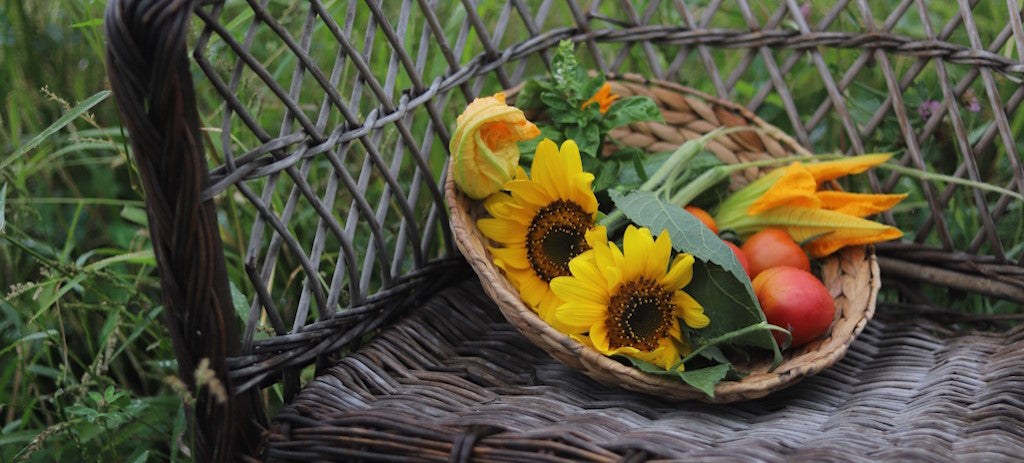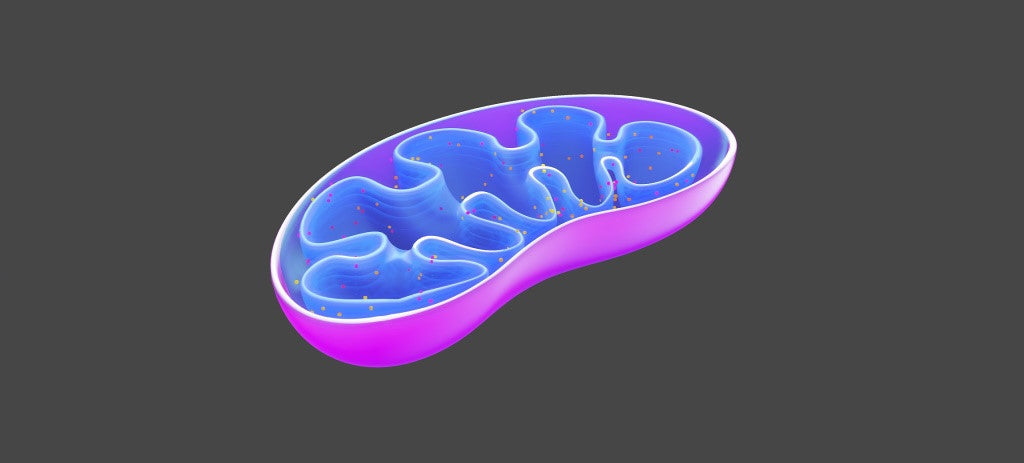gut and gut flora

What does the intestine do?
The intestine is a tortuous muscular tube whose main job is to digest food. It extends from the pylorus to the anus and consists of the intestinal surface, which is covered with a mucous membrane and colonized with countless different bacteria, the so-called intestinal flora.
The intestinal surface limits the body inwards
Our intestinal surface is huge. It is around 400 square meters and is therefore about the size of a soccer field. Just as your skin, which has an area of around 2 square meters, delimits your body on the outside, the intestinal surface represents the boundary on the inside. Its task as a barrier is to smuggle the good nutritional components into the body and into the blood and to keep out bad components and to retire. The intestinal surface is covered with a mucous membrane in which firmly anchored colonies of bacteria live, which are referred to as intestinal flora.
Tasks of the trio intestinal surface, mucous membrane and intestinal flora
Imagine the intestinal surface with its mucous membrane as a mesh that filters out unwanted components of the food and does not even let it into the intestine. Additionally, along with the gut flora, it is your body's first line of defense against invading bad bacteria, viruses, fungi, and other pathogens that try to enter your body with the food you eat. Intestinal surface, mucous membrane and intestinal flora are therefore an important part of your immune system.r.
Different bacteria for different parts of the intestine
The intestine is divided into different sections that have very specific tasks. In order to create optimal framework conditions for these tasks, the bacteria of the intestinal flora are composed differently depending on the section.
The chyme is neutralized in the duodenum. Of the hundreds of different good bacteria in the intestinal flora, lactobacilli and streptococci (spherical bacteria) prefer to settle there.).
Most of the food components such as sugar, protein, digested fat, but also vitamins and minerals are then absorbed into the blood in the small intestine. In addition to the lactobacilli, Escherichia Coli (flagellated rod-shaped bacteria) and enterococci (immobile spore cocci) settle in this slightly acidic environment.
In the last section of the intestine, the large intestine, water from the digested chyme is reabsorbed into the body and mucus is formed so that the stool becomes slippery. In the large intestine is the highest concentration of intestinal flora, which is also enriched with the strains Bifidobacteria and Bacterioides.
What is the gut flora made of??
The intestinal flora consists of hundreds of different strains of bacteria that have settled in the mucous membrane of the intestinal surface.
This is how the intestinal flora works
Around 400 to 1800 different strains of bacteria live in our intestines. These bacteria are of great importance for
- the intake of food in the body,
- to protect the intestinal surface and
- for the first barrier in the immune system.
They form a community known as the microbiome. The breakdown products of one species can provide food for the other, some produce an acidic environment, which others then balance out again. In short, only together and in the optimal composition do our intestinal bacteria offer the protection that we expect from a functioning intestinal flora. Everyone has their own specific microbiome..
If these many strains of bacteria are in a healthy environment and the living conditions are optimal, then everything runs perfectly, from the introduction of the food components to the excretion. A highly complex interaction of biochemical processes takes place. The mitochondria, the tiny power plants of our cells, provide energy and the immune system is built up and organized.
A healthy intestinal flora, an intact microbiome and a functioning protective wall of intestinal surface with intestinal mucosa form the basis for balanced digestion and in this way ensure our well-being and our health.t.
Disturbed intestinal flora leads to problems
But not only the short-term well-being is dependent on an intact intestinal flora. Allergies, autoimmune reactions and chronic impairments often begin with a long-term disturbed intestinal flora. An unbalanced diet, preservatives in food, environmental influences, but also life-sustaining antibiotics can damage the intestinal flora. If individual important bacterial strains are reduced due to poorer living conditions or antibiotics, other microorganisms such as Clostridia or Candida fungi multiply. Their toxic degradation products, so-called toxins, also disturb the sensitive balance of the intestinal flora, for example by shifting the acid value.
A vicious circle that can be less regulated over time and gradually leads to noticeable symptoms such as digestive problems, increasing susceptibility to infections, allergies and chronic diseases.
What can you do about it??
Balanced dietary supplements with the right bacterial strains such asSagitta Pur family probiotic help you to bring your intestinal flora back into balance and prevent worse. In any case, your goal should be a healthy diet, because there is no substitute for it!





Comments